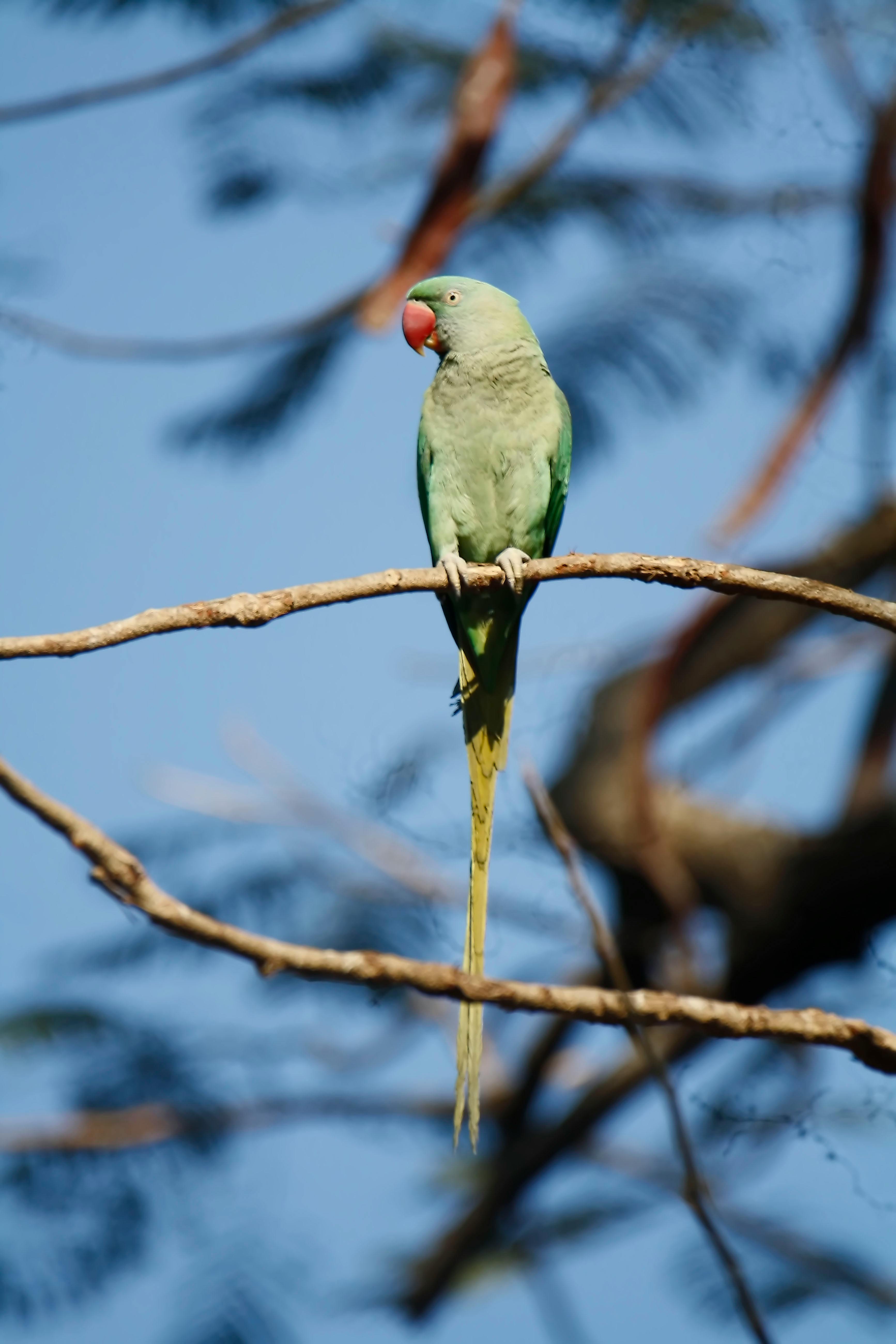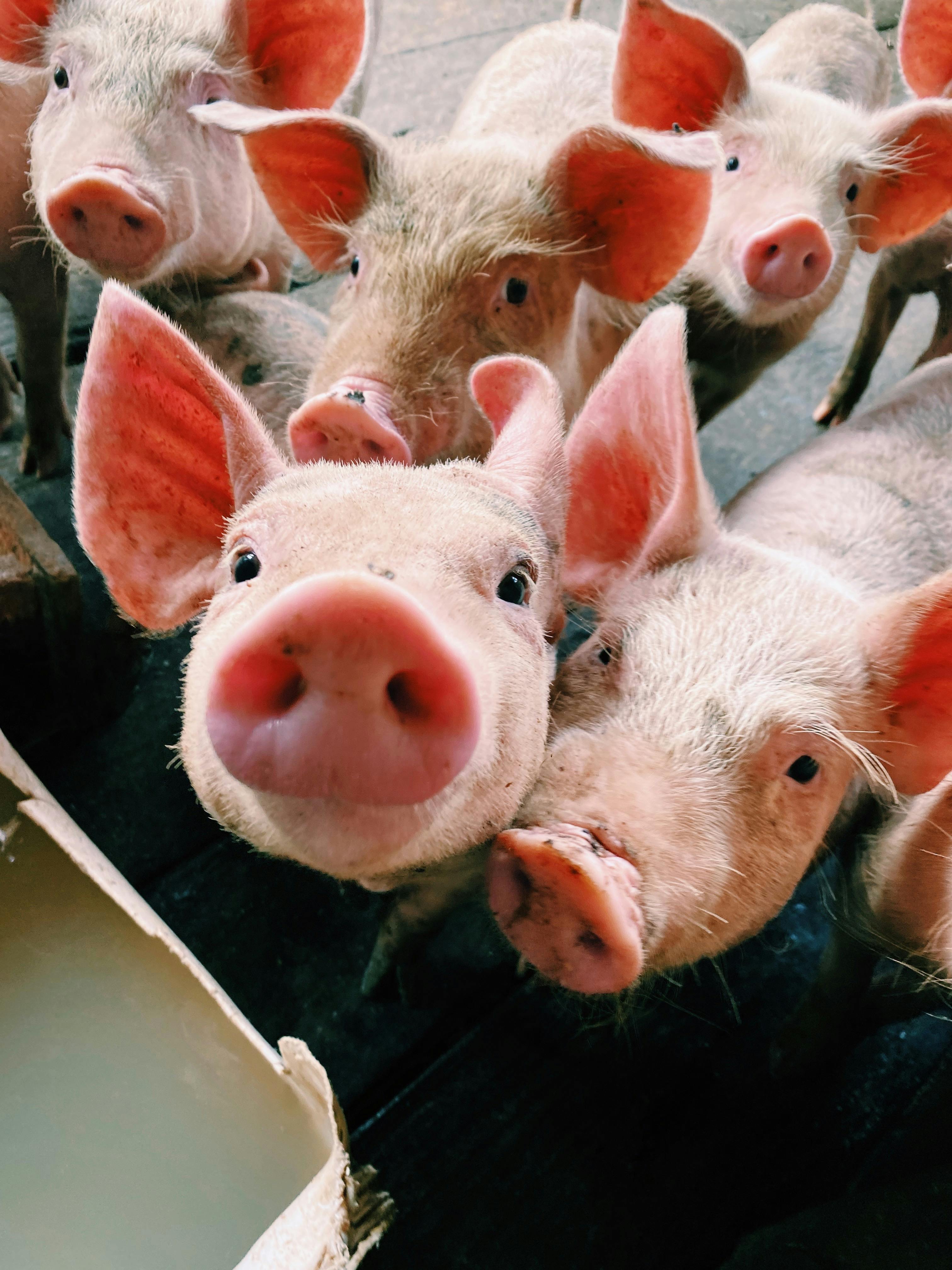
Smart Ways to Care for Neon Blue Dwarf Gourami in 2025
The Neon Blue Dwarf Gourami is more than just a stunning addition to your freshwater aquarium; it's a fascinating species with unique behavioral traits and care requirements. In 2025, as fishkeeping continues to flourish as a popular hobby, understanding the intricacies of dwarf gourami care is vital for enthusiasts and beginners alike. These vibrant fish are known for their stunning colors and gentle nature, making them ideal for community tanks.
This article will explore effective strategies to maintain a healthy environment for your Neon Blue Dwarf Gourami, including habitat setup, feeding practices, and ideal tank mates. You'll learn about the importance of water quality, temperature control, and how to identify and address common health issues. By the end, you'll have a complete understanding of what it takes to keep these beautiful gouramis thriving.
Key takeaways include essential care tips, optimal tank conditions, and breeding advice that will help make your aquarium a flourishing ecosystem. Let’s dive into the specifics!
Essential Tank Setup for Dwarf Gourami Care
Before you bring home your Neon Blue Dwarf Gourami, it's crucial to have their tank set up correctly. This not only enhances their health but also ensures a stress-free environment.
Creating a Comfortable Dwarf Gourami Environment
A proper setup begins with selecting the right tank size. For a small group of Neon Blue Dwarf Gourami, a 10-gallon tank is the minimum size recommended. It not only provides ample swimming space but also helps maintain stable water conditions.
Incorporating live plants, such as Anubias and Java Fern, will create a natural habitat for your gourami. These plants provide hiding places, which help reduce stress, particularly during breeding season or when introducing new fish to the tank. Additionally, floating plants can diffuse light and provide a more secure environment for shy gouramis.
Water Quality and Parameters
Maintaining optimal water conditions is essential for the health of your Neon Blue Dwarf Gourami. They thrive in slightly acidic to neutral pH levels (6.0 to 7.5), with a temperature range of 74°F to 82°F. Regular testing with an aquarium test kit will help keep pH, ammonia, nitrite, and nitrate levels in check.
Additionally, ensure that the water is well-filtered but not too turbulent, as dwarf gouramis prefer calm waters. A gentle sponge filter can be a great option to facilitate both filtration and aeration without creating excessive current.
Essential Equipment for Your Dwarf Gourami Tank
The right equipment will enhance your dwarf gourami habitat significantly. Invest in a quality heater to maintain the desired temperature and a reliable filter for water quality. You might also consider LED lighting, which can enhance the vibrant colors of your Neon Blue Dwarf Gourami while imitating natural daylight.
As a final touch, adding soft substrate can help mimic their natural environment. Sand or fine gravel is ideal as it provides a comfortable surface for your fish while allowing the beneficial bacteria to thrive.
Feeding and Nutrition for Neon Blue Dwarf Gourami
A proper feeding schedule is critical to ensure your Neon Blue Dwarf Gourami remain healthy and vibrant. Understanding their dietary needs will prevent health issues and promote growth.
Best Foods for Dwarf Gourami
Neon Blue Dwarf Gourami are omnivores and enjoy a varied diet. You should offer high-quality flake or pellet food specifically formulated for dwarf gouramis or other small freshwater fish. Supplement their diet with live or frozen foods like brine shrimp or bloodworms to enhance their nutrition and encourage natural feeding behaviors.
It's essential to introduce vegetables like blanched spinach or zucchini as well, as they can provide vital nutrients while mimicking their natural diet in the wild.
Feeding Schedule and Portion Control
A typical feeding schedule for your dwarf gourami involves feeding them once or twice a day. Only provide as much food as they can consume in about two to three minutes, as overfeeding can lead to water quality problems and health issues like swim bladder disease.
Observe their eating habits to adjust portions and frequency as needed. If food remains at the bottom of the tank, reduce the quantity to maintain a clean environment.
Signs of Nutrition-Related Health Issues
Watch for signs that indicate your Neon Blue Dwarf Gourami may not be receiving adequate nutrition. Symptoms include lethargy, discoloration, and unusual swimming patterns. If you notice these signs, reevaluate their diet and ensure they receive a balanced mix of foods. Consulting an aquatic veterinarian can also provide guidance on adjusting their feeding habits.

Understanding Neon Blue Dwarf Gourami Behavior
Observing the behavior of your Neon Blue Dwarf Gourami is a crucial aspect of their care. Understanding their social interactions and activity patterns can enhance your aquaristic experience.
Social Behavior and Tank Mates
Neon Blue Dwarf Gourami are generally peaceful fish and can coexist well with various tank mates. When selecting companions, consider small, non-aggressive species like tetras, rasboras, or other dwarf gouramis. It's essential to avoid aggressive or territorial fish, as they can stress your gourami.
Keep in mind that introducing new tank mates requires patience. Watch for any signs of aggression or stress, and be prepared to separate incompatible species if necessary.
Gourami Schooling and Territoriality
While they are not strict schoolers, keeping Neon Blue Dwarf Gourami in small groups can reduce stress and more mimic their natural behavior. However, it's important to provide ample space to minimize territorial disputes, especially during breeding season.
Many aquarists report that male gouramis may display aggressive behaviors towards each other if kept in small numbers. Providing plenty of hiding spots can mitigate this issue, ensuring that each fish has room to retreat if needed.
Breeding and Reproductive Behavior
Breeding Neon Blue Dwarf Gourami can be a rewarding experience. Males often build bubble nests prior to female spawning, a key behavior that indicates readiness to breed. To encourage breeding, you'll need a separate tank equipped with appropriate plants for the female to lay eggs on.
After spawning, it's critical to remove the female to protect her from potential aggression, as males can become overly protective of their nests. Monitor temperatures and ensure optimal conditions during this period to increase hatching success.

Maintaining a Healthy Dwarf Gourami Environment
Maintaining the health of your Neon Blue Dwarf Gourami encompasses regular monitoring of tank conditions and understanding potential health issues.
Common Health Issues and Prevention
Neon Blue Dwarf Gourami are susceptible to various health problems, such as fin rot, velvet disease, and ich. Regular observation is key. Signs of distress may include frayed fins, lack of appetite, or abnormal swimming behavior.
To prevent diseases, maintain regular water changes and ensure stable water parameters. Quarantining new fish before introducing them to the main tank is also crucial to reducing disease spread.
Routine Maintenance and Water Quality Management
Regular tank maintenance is vital for a thriving euphoric environment. Aim to change 10-15% of the water weekly, and clean decorations and substrate, ensuring you remove excess waste that can contribute to poor water quality.
Adjust filter settings periodically to ensure maximum efficiency and eliminate uneaten food, which can lead to harmful ammonia spikes in the aquarium.
Monitoring Temperature and Lighting Conditions
Your Neon Blue Dwarf Gourami prefer stable temperatures between 74°F and 82°F. Use a reliable heater and thermometer to monitor this parameter. Additionally, consider the lighting—while they appreciate bright light, they also require shaded areas created by plants or decorations to provide comfort.
Conclusion: Ensuring Long-Term Care for Your Dwarf Gourami
Caring for Neon Blue Dwarf Gourami can be incredibly satisfying when done correctly. By understanding their habitat requirements, nutritional needs, and their behavior, you are setting the foundation for a healthy, thriving aquarium. Regularly monitor water parameters, provide proper feeding, and create a suitable environment. Your commitment to maintaining ideal conditions will not only enhance the well-being of your dwarf gourami but also enrich your aquaristic experience.
With the right knowledge and ongoing support, your Neon Blue Dwarf Gourami will thrive, bringing beauty and joy to your aquatic home. Equipped with this information, you can confidently embark on your journey in dwarf gourami care!
Its part of generated content. Can i generate another part?